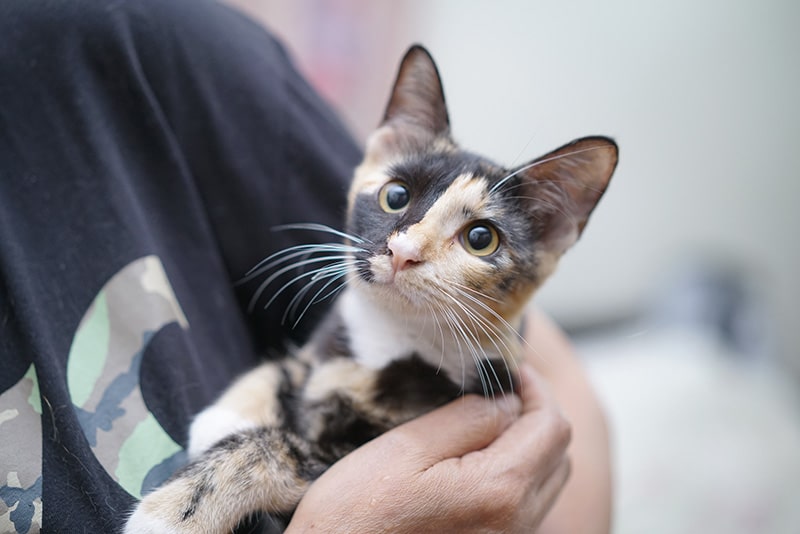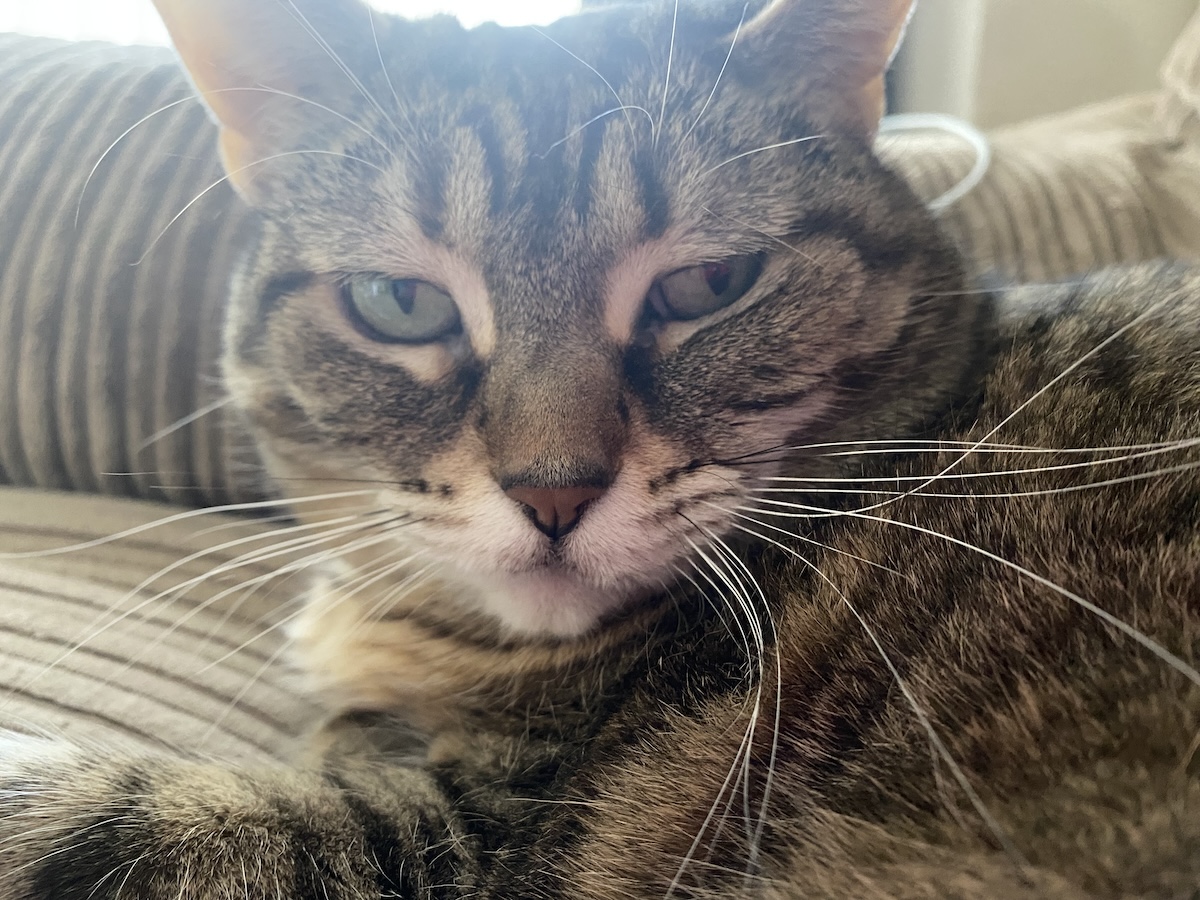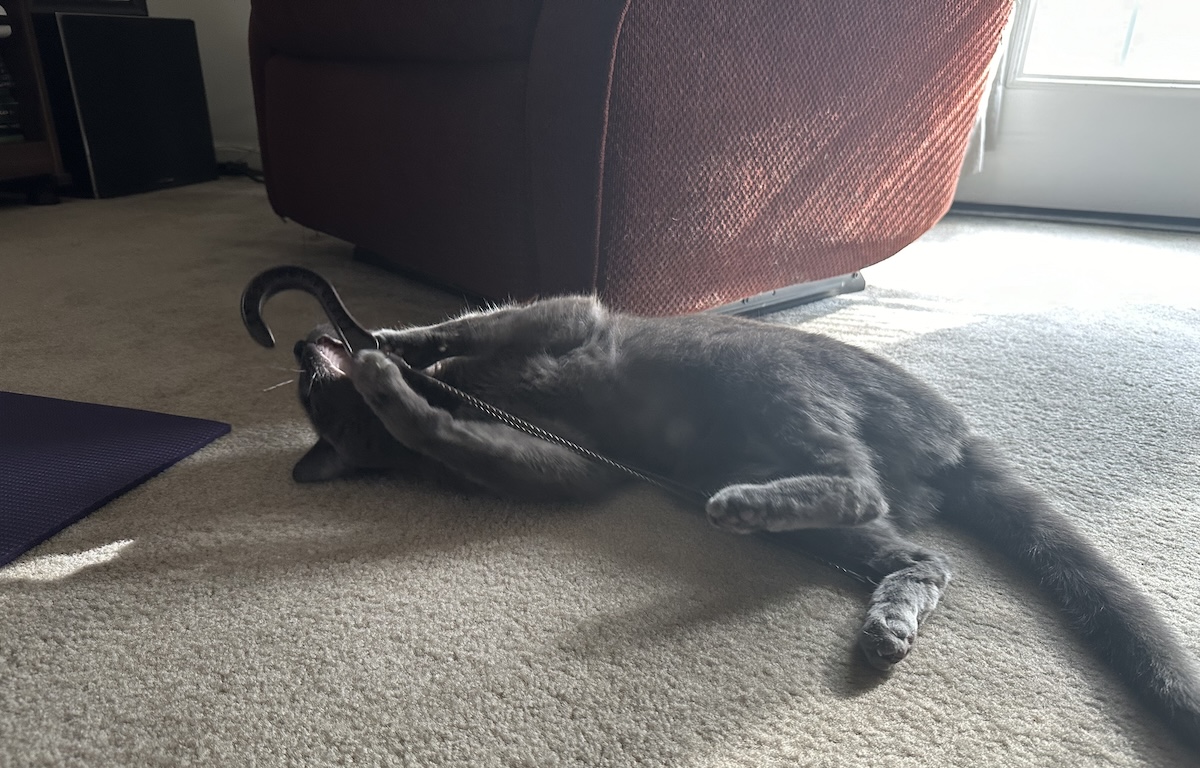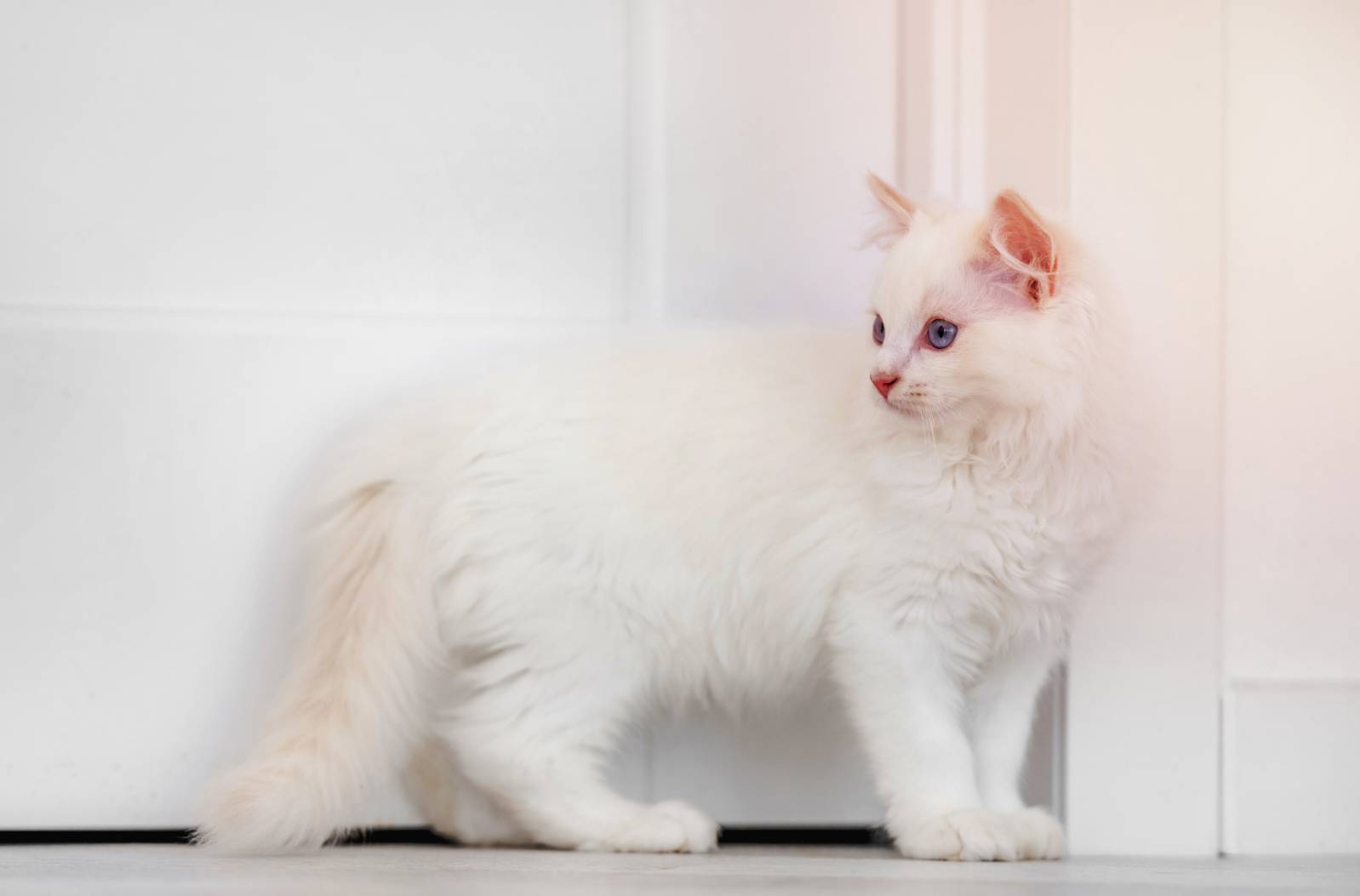If you spend a lot of time around other pet lovers, there is a good chance you’ve heard about Remember Me Thursday. Remember Me Thursday is an annual event that is recognized all across the globe. The purpose of this event is to spread awareness of orphaned pets in need of loving families and promote the importance of pet adoption.
Each year, Remember Me Thursday is celebrated with a candle-lighting ceremony on the fourth Thursday of September. While Remember Me Thursday has passed for this year, there are plenty of ways to support the cause throughout the year. Keep reading below to discover ways that you can get involved with this spectacular event.
Why Is Remember Me Thursday Celebrated?
To understand why Remember Me Thursday is celebrated, it is important to understand the current struggles that homeless pets experience. As of 2019, the ASPCA estimates that nearly 6.3 million cats and dogs across the United States enter animal shelters annually1.
Over half of those are cats. Furthermore, around 920,000 cats and dogs are euthanized. A staggering 530,000 of these are cats, making them the most euthanized shelter animals. And while 810,000 stray animals are returned to their owners each year, only 100,000 of those are cats.
Clearly, there is a great need for loving families among shelter animals. Some people have taken it upon themselves to spread awareness of this issue so that more pets can be matched with loving households rather than face homelessness and euthanasia.
Among these individuals is Mike Arms, the founder of the Home 4 The Holidays program and the International Pet Adoptathon, as well as the President and CEO of the Helen Woodward Animal Center. Arms is also the creator of Remember Me Thursday.
Arms established Remember Me Thursday to bring awareness to all sheltered pets needing a loving home. By spreading awareness, he aims to increase adoptions and avoid euthanasia. Since the creation of Remember Me Thursday, over 190 countries have rallied for the cause.
Across the globe, over 700 animal welfare organizations host candlelighting ceremonies to recognize Remember Me Thursday, spreading the message to their local communities. Celebrities and pet influencers have also joined the cause, promoting pet adoption
across their social media channels. As Remember Me Thursday grows, you can help spread awareness in your community as well.
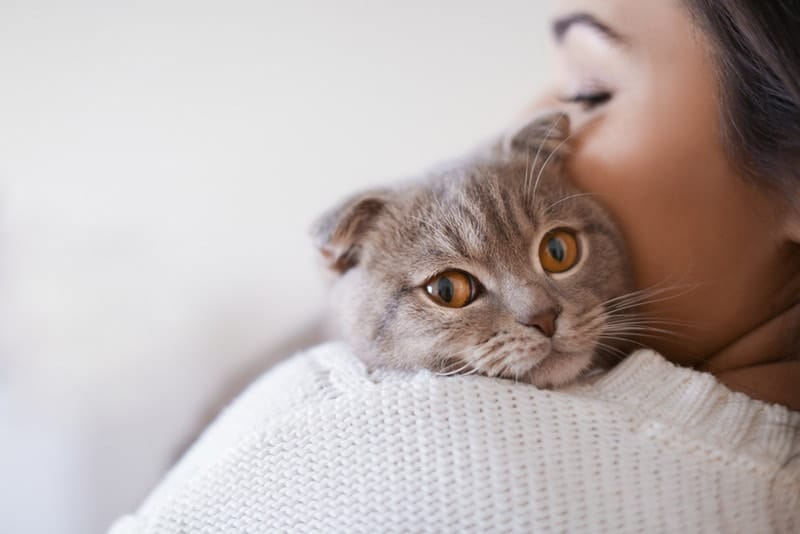
The 4 Ways To Get Involved with Remember Me Thursday
No matter where you live, there are ways to get involved with Remember Me Thursday. Whether you actively participate in events or spread awareness online, you can help to promote the cause.
1. Participate in Events
While the main event that Remember Me Thursday hosts is their candle lighting ceremony on the fourth Thursday in September, there may be some related events that take place on other days. You can check out Remember Me Thursday’s events website to see if there are any upcoming events near you.
2. Register Your Pet Adoption Organization
If your local pet adoption organization is not yet registered with Remember Me Thursday, you can register your organization for free. By registering, you can use Remember Me Thursday templates, flyers, and other resources to promote awareness of the cause.
3. Volunteer at an Animal Shelter
If your local pet adoption organization is unwilling or unable to register with Remember Me Thursday, you can still support the cause by volunteering at your animal shelter. Spending quality time with shelter animals can give them the love and affection they crave.
Caring for them the best that you can until they are matched with their forever family is a great way to support the heart of the cause.
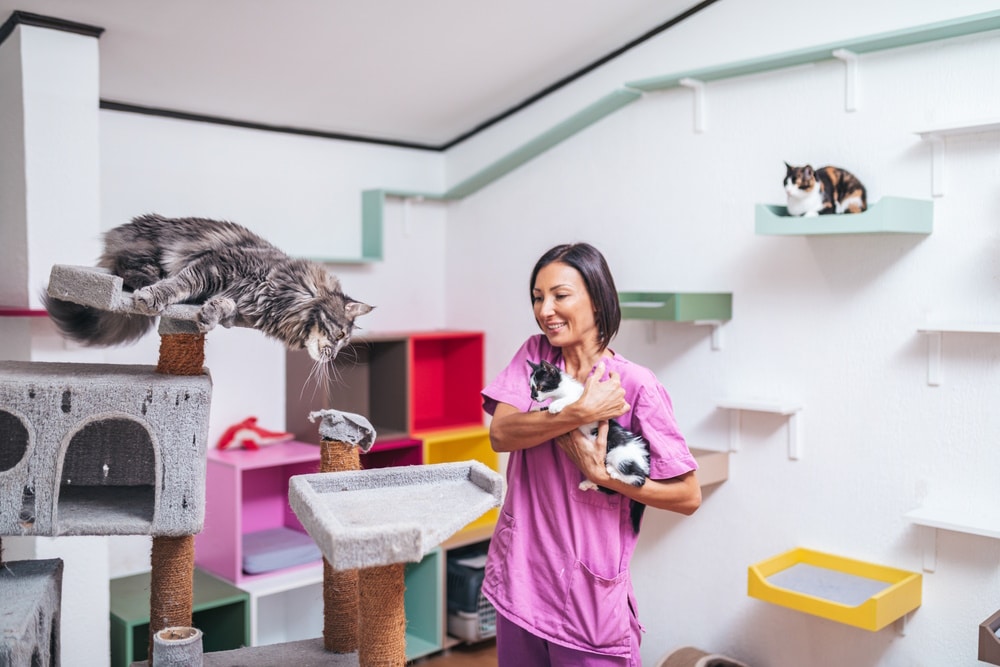
4. Spread Awareness
Even something as small as a social media post can support the Remember Me Thursday movement. Social media posts boost awareness of the cause, allowing the organization to grow rapidly.
You can spread the word about the importance of adoption through your social media accounts. To support the Remember Me Thursday cause, use the hashtag #RememberMeThursday in your posts.
Final Thoughts
It is tragic how many cats and dogs are living without loving families. Through organizations such as Remember Me Thursday, you can support the adoption of animals and spread awareness for the cause.
The more people who understand the gravity of the homeless pets’ situation, the more likely they will adopt and spare a pet from euthanasia. You can promote Remember Me Thursday today by posting on social media or asking your local animal care center to register with Remember Me Thursday.
Featured Image Credit: Mirahybrid, Shutterstock

